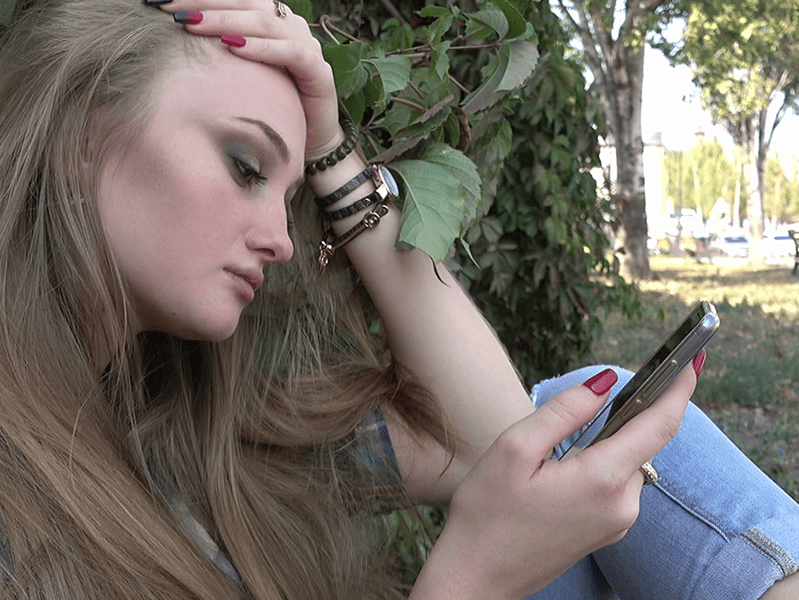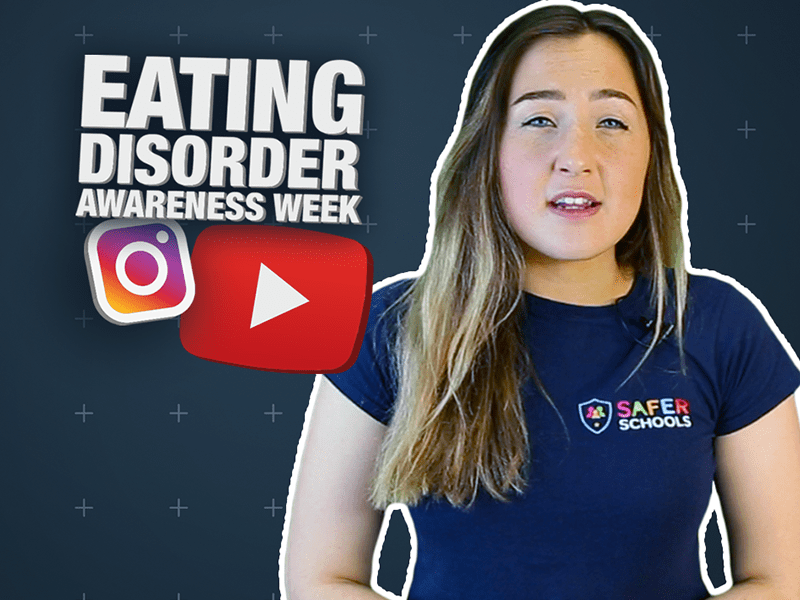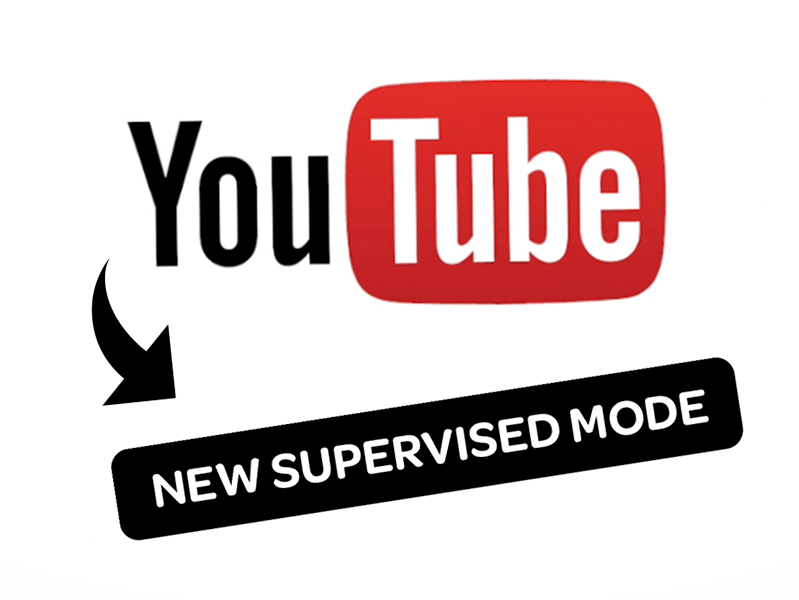Last Updated on 28th September 2023
Today marks the National Child Exploitation Awareness day.
Safeguarding is everyone's responsibility. We all have a role to play in raising awareness about all forms of exploitation to enable safeguarding professionals, the public, parents/carers and children and young people to recognise the signs of exploitation.
What is Child Sexual Exploitation?
Child sexual exploitation is a type of sexual abuse which can happen to any child. It happens when grooming behaviours are used alongside the promise of money, gifts, affection, protection or status in exchange for sexual activity with one or more person.
Anyone can be a perpetrator of child sexual exploitation regardless of their age, gender, class or ethnicity. In some cases, perpetrators will use positions of trust to access, or normalise sexual activity with vulnerable children and young people.
CSE can happen both on and offline and is often combined with other forms of abuse including threats, physical violence and psychological manipulation.
In many cases children and young people may respect, trust or bond with their abuser. This can make detection and disclosures of abuse complex because children may not understand or recognise the exploitation as abuse.
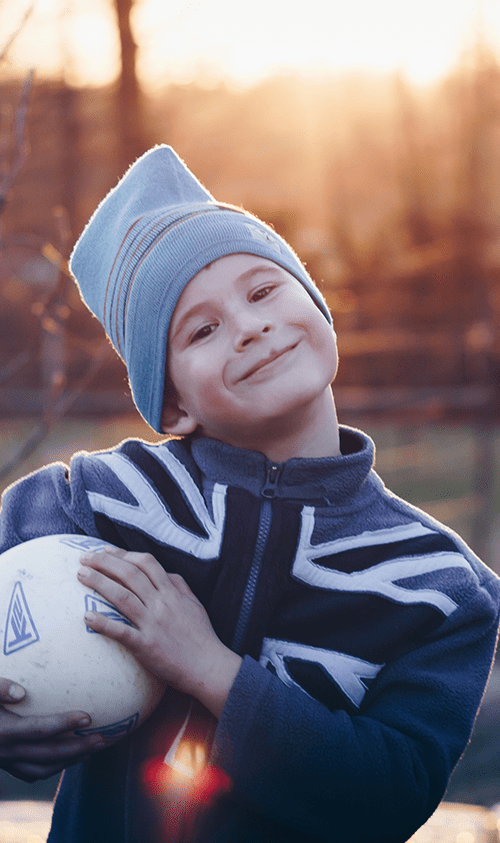
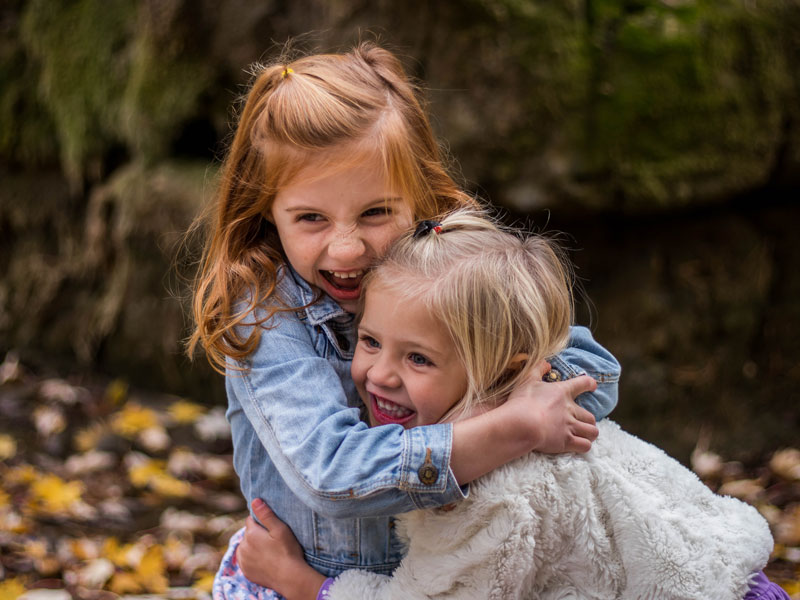
Responding to Child Sexual Exploitation
By understanding and recognising the signs of child sexual exploitation, you will be better equipped to identify and respond to instances of exploitation.
All children can be at risk of sexual exploitation. However, male children can be overlooked as victims, largely due to gender dynamics and our expectations of their behaviour.
Although the signs of exploitation among boys and girls can be similar, our expectations of their behaviour can greatly influence how we respond to these signs.
Join our Safeguarding Hub Newsletter Network
Members of our network receive weekly updates on the trends, risks and threats to children and young people online.



